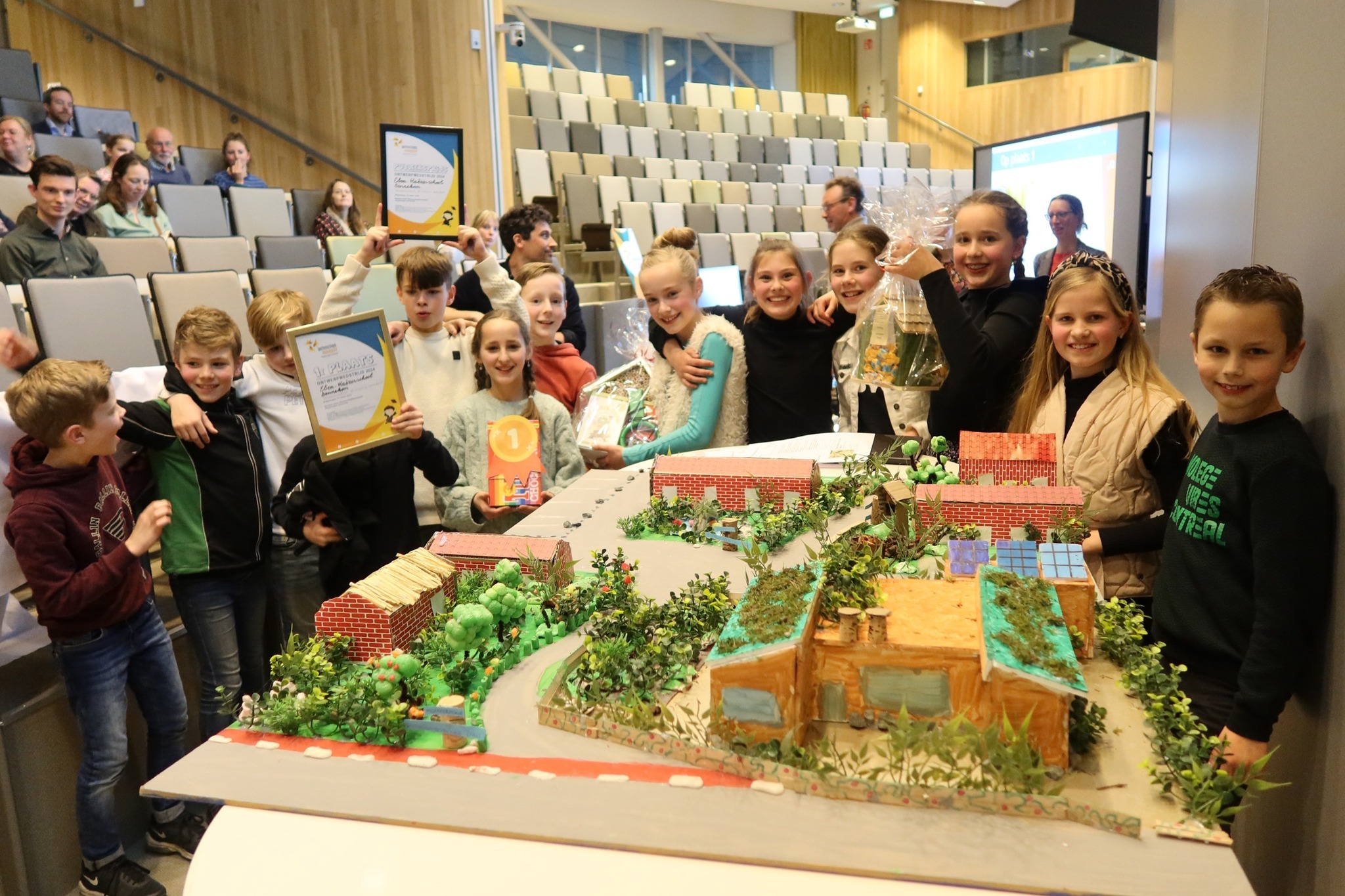Fences
- Home Page 146

How to Make Baby Food
How to Make Banana Puree for Babies
Special Supplemental Nutrition Program for Women, Infants, and Children
Before the commercialization of baby food, parents typically prepared homemade baby food using simple kitchen tools and ingredients. Here’s a general overview of how baby food was made traditionally:
Selection of Ingredients: Parents would select fresh fruits, vegetables, grains, and meats suitable for their baby’s age and dietary needs. These ingredients were chosen based on their nutritional value and ease of digestion.
Cooking: The selected ingredients would be cooked using methods such as boiling, steaming, or baking to soften them and make them easier for the baby to eat. Cooking methods were chosen to preserve as much of the natural nutrients as possible.
Mashing or Pureeing: Once cooked, the ingredients would be mashed or pureed into a smooth consistency suitable for a baby’s developing digestive system. This could be done using tools like a fork, potato masher, food mill, or blender.
Straining (Optional): Some parents might choose to strain the pureed food to remove any seeds, skins, or fibers that could be difficult for a baby to digest or might pose a choking hazard.
Storage: Homemade baby food could be stored in small containers or ice cube trays and frozen for future use. This allowed parents to prepare larger batches of baby food at once and thaw individual portions as needed.
Feeding: When it was time to feed the baby, parents would simply thaw the desired portion of homemade baby food and serve it to their baby using a spoon or by bottle-feeding.
Variety: Parents would typically introduce a variety of flavors and textures to their baby over time, gradually expanding their palate and exposing them to a wide range of nutrients.
Overall, making homemade baby food required time, effort, and attention to detail, but many parents preferred it because they had control over the quality and ingredients used, ensuring that their baby received nutritious and wholesome meals.
Femke Bol
Stichting Koninklijk Nederlands Normalisatie Instituut
NEW: The woman who previously went viral for her "Mickey Mouse" voice makes an impressive comeback at the Olympics to give the Netherlands a gold in the 4×400.
Femke Bol chased down the US team in the final turn of the 4×400 mixed relay to snatch the gold from Team USA.
Bol… pic.twitter.com/qLeUWdKO3F
— Collin Rugg (@CollinRugg) August 4, 2024
Jeux olympiques de Paris 1900
This content is accessible to paid subscribers. To view it please enter your password below or send mike@standardsmichigan.com a request for subscription details.
Blessing of the Backpacks
This content is accessible to paid subscribers. To view it please enter your password below or send mike@standardsmichigan.com a request for subscription details.
Summer Week 31 | July 28 – August 3
Monday | July 28 | Colloquium 15:00 UTC
Tuesday | July 29 | Colloquium 15:00 UTC
Wednesday | July 30 | Colloquium 15:00 UTC
Thursday | July 31 | Colloquium 15:00 UTC
Friday | August 1 | Colloquium 15:00 UTC
Swiss National Day
Saturday | August 2
Sunday | August 3
Sunday | August 8
EV Charging Stations Integration into Public Lighting Infrastructure
Technical Conditions of EV Charging Stations Integration into Public Lighting Infrastructure
Regional Energy Agency North, Koprivnica, Croatia
Danijel Topic – Goran Knezevic – Matej Znidarec
University of Osijek
Abstract: Increase in the number of electric vehicles (EV) is closely related to the availability of a charging station network. Users of electric vehicles require high-quality distribution and well-covered charging network. The obstacles in electric mobility are small mobility of electric cars due to the lack of charging stations. The main objective of the paper is to encourage the growth of electric mobility through the development of electric vehicle charging stations. Integration of EV charging stations in public lighting infrastructure with proper demand side management (DSM) is a step forward to microgrid system deployment. It can contribute to microgrid stability and decrease distribution network dependence. Electric vehicles have a significant role in peak load shaving in microgrid due to its threefold role. They can be observed as demand side, supply side or storage. As a consumer or storage, they can take over energy surplus from a distributed generation or provide stored energy in key moments as flexible supply. In that way, they actively participate in the microgrid. Technical possibilities of EV charging stations integration in public lighting infrastructure are explored through this paper. Special attention is devoted to conditions and limitations of charging stations integration regarding power system grid, public lighting system and legislative framework. Paper provides fundamentals of EV charging stations and public lighting system where possibilities and limitations of integration are presented. Furthermore, the paper deals with limitations from the perspective of transformer capacity and cable cross sections which are obtained through analysis of calculated results.
CLICK HERE to order complete paper
Line-of-Sight
This content is accessible to paid subscribers. To view it please enter your password below or send mike@standardsmichigan.com a request for subscription details.
New update alert! The 2022 update to the Trademark Assignment Dataset is now available online. Find 1.29 million trademark assignments, involving 2.28 million unique trademark properties issued by the USPTO between March 1952 and January 2023: https://t.co/njrDAbSpwB pic.twitter.com/GkAXrHoQ9T
— USPTO (@uspto) July 13, 2023
Standards Michigan Group, LLC
2723 South State Street | Suite 150
Ann Arbor, MI 48104 USA
888-746-3670
























